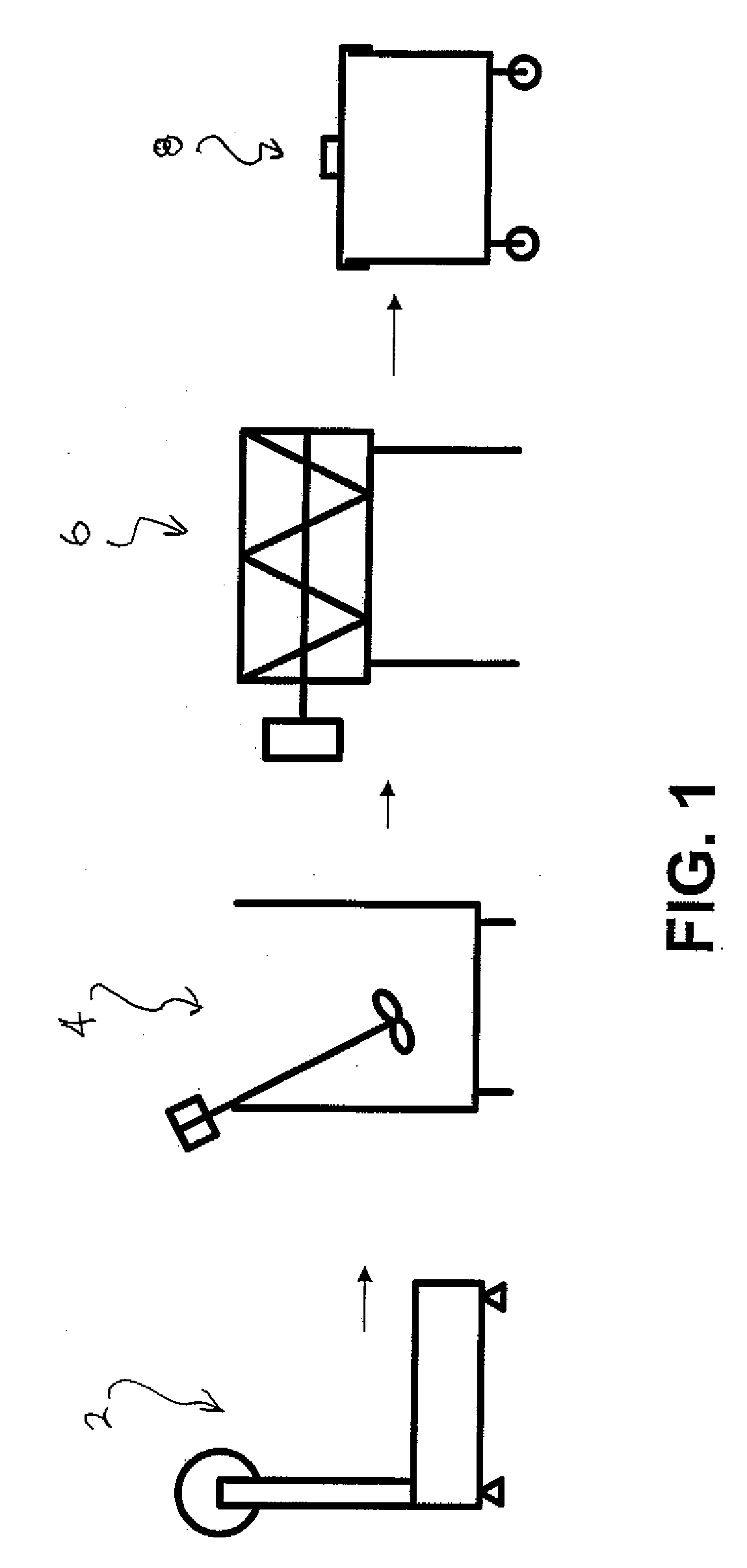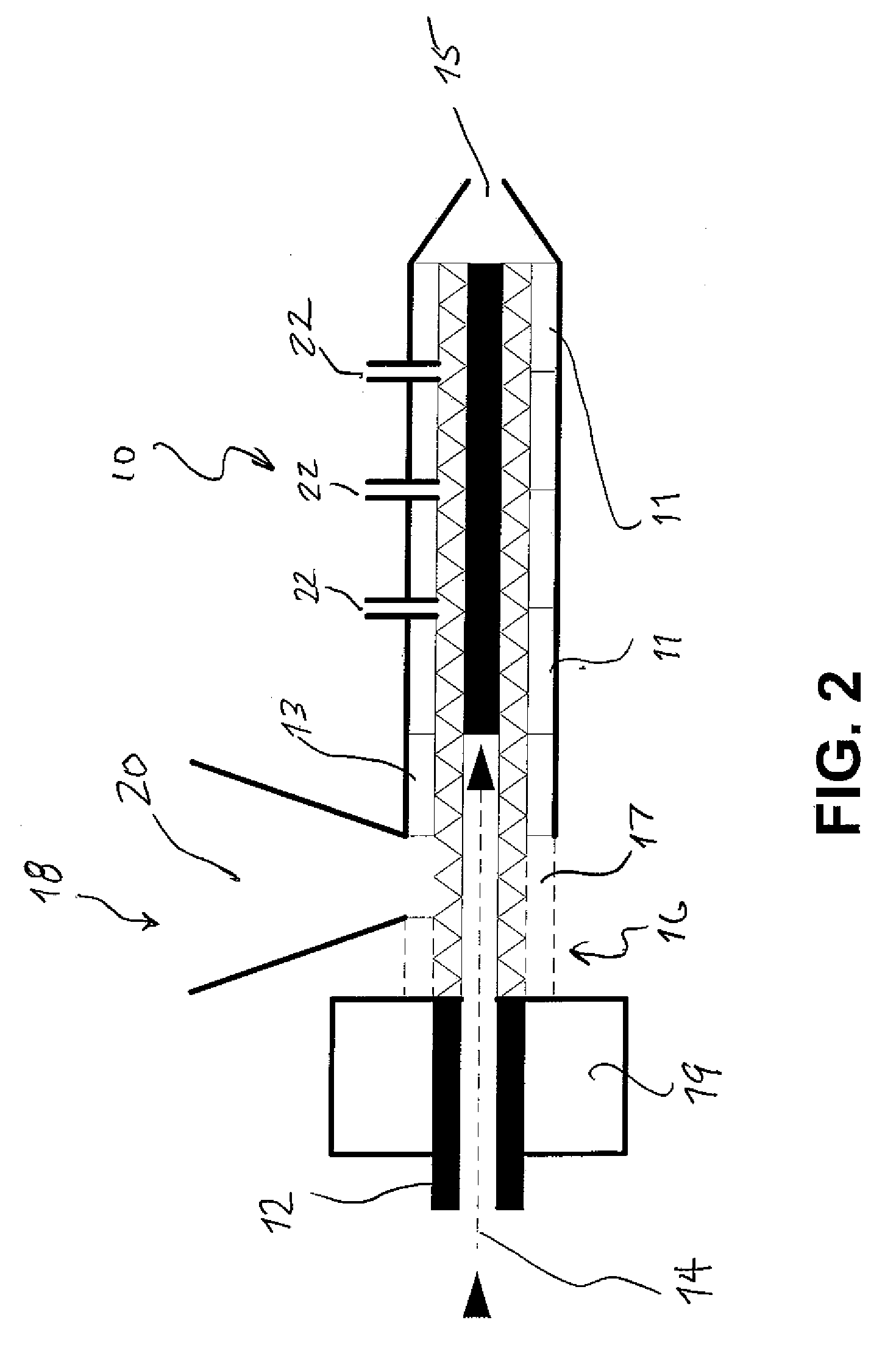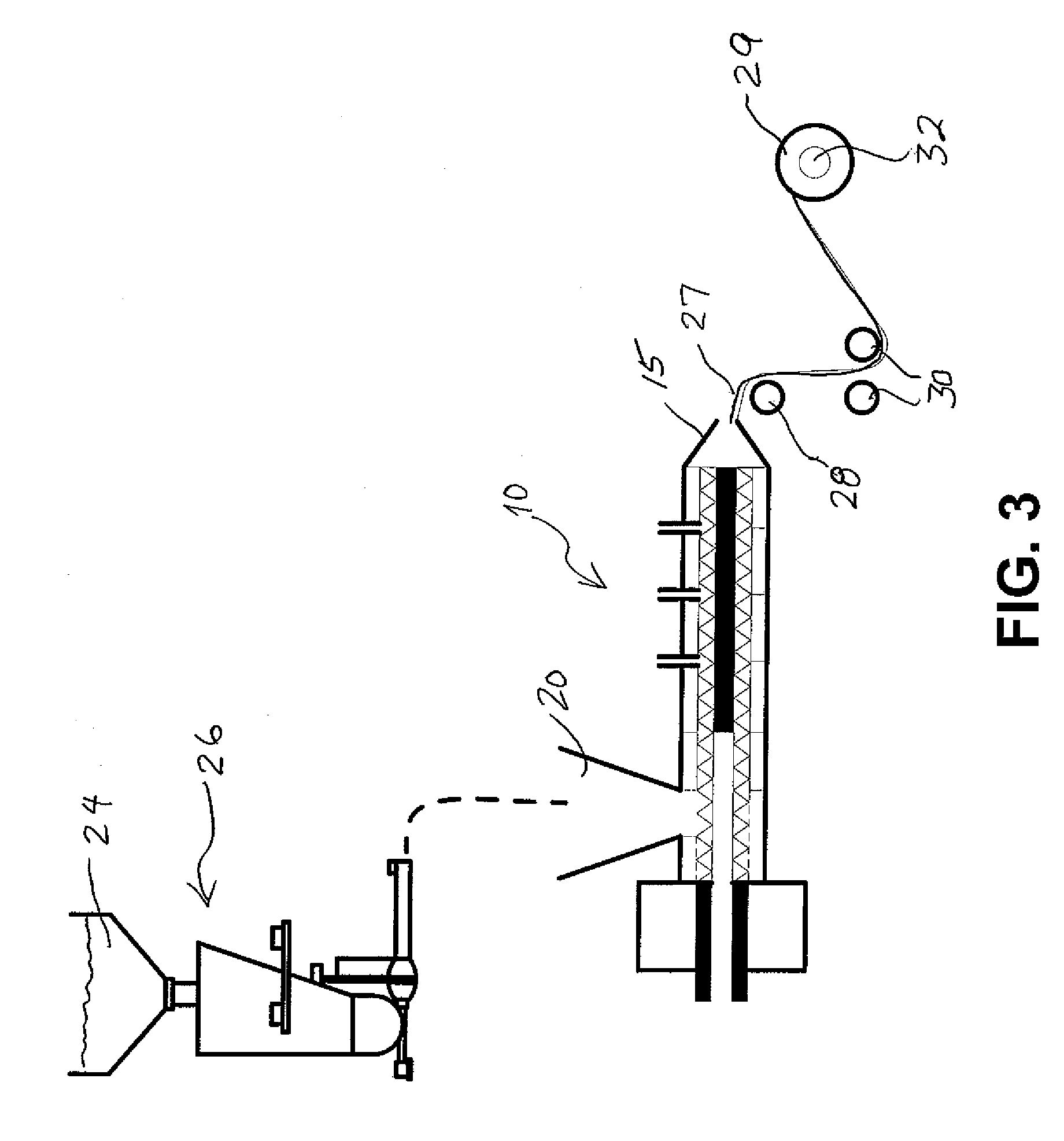Smokeless Tobacco Product, Smokeless Tobacco Product in the Form of a Sheet, Extrudable Tobacco Composition, Method for Manufacturing a Smokeless Tobacco Product, Method for Delivering Super Bioavailable Nicotine Contained in Tobacco to a User, and Packaged Smokeless Tobacco Product Sheet
a smokeless tobacco and tobacco product technology, applied in tobacco treatment, tobacco preparation, tobacco products, etc., can solve the problems of american consumers generally reacting poorly to unable to try smokeless tobacco products, and moist and dirty traditional smokeless tobacco products, etc., to achieve the effect of ensuring nicotine release to the user
- Summary
- Abstract
- Description
- Claims
- Application Information
AI Technical Summary
Benefits of technology
Problems solved by technology
Method used
Image
Examples
example a
[0135]The following ingredients were mixed in a dry blend, using multiple batches in a Hamilton 8 cup Hamilton Beach / Cuisinart style food processor for a total quantity of 10 kg's.
Ingredient%SupplierHPC LF58.75Aqualon (Hercules)Propylene Glycol FCC,3SpectrumNFXylitol NF5.25RoquetteBitter Masker2UngererSucralose2Tate & LyleSnuff25BrutonPeppermint Flavor2UngererTiO22DNP InternationalTotal100
[0136]The dry blend was fed into a single screw extruder (L / D ration 36) with rpm set at 180 and a barrel temperature set at 230 F for the initial zone and 300 F for subsequent zones and the slot die. The extruder was fed at a rate of 7 kg of material per hour. The liquid base of the flavor was vented from the extruder. The slot die was set at 30 mils. The slot die had a width of ten inches. The sheet was extruded with the take off rollers and showed a thickness of 13 mils and was rolled onto a roller without the use of any backing materials. Residence time of the material in the extruder was appro...
example b
[0138]The roll stock of Example A was slit using a conventional slitter to make a bobbin of 1 inch width. The bobbin was then successfully cut using an F&G packaging machine that is typically used in the thin film industry to cut strips and drop them into the cassettes. The material cut easily and was placed ten-count into standard cassettes used for film products like breath fresheners and Chloraseptic® sore throat strips.
example c
[0139]The bobbin of Example B was easily cut into pieces using a guillotine style cutter.
PUM
 Login to View More
Login to View More Abstract
Description
Claims
Application Information
 Login to View More
Login to View More - R&D
- Intellectual Property
- Life Sciences
- Materials
- Tech Scout
- Unparalleled Data Quality
- Higher Quality Content
- 60% Fewer Hallucinations
Browse by: Latest US Patents, China's latest patents, Technical Efficacy Thesaurus, Application Domain, Technology Topic, Popular Technical Reports.
© 2025 PatSnap. All rights reserved.Legal|Privacy policy|Modern Slavery Act Transparency Statement|Sitemap|About US| Contact US: help@patsnap.com



